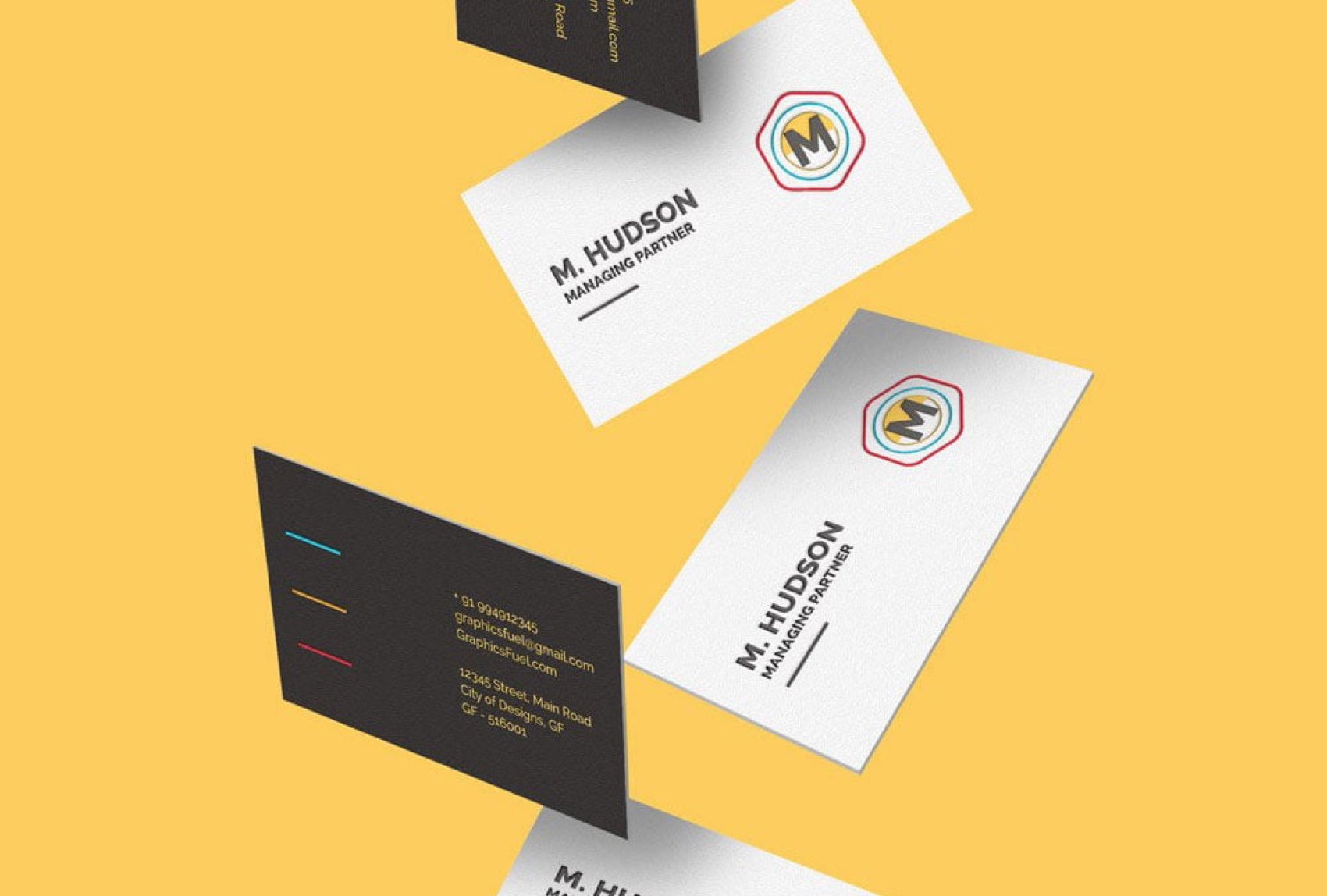The Ultimate Guide to Business Cards: Design, Printing & More
- Chapter I: Introduction
- Chapter II: The Importance of Business Cards
- Chapter III: Designing Your Business Card
- Chapter IV: Selecting the Right Material
- Chapter V: Printing Your Business Card
- Chapter VI: Networking with Business Cards
- Chapter VII: Case Studies and Inspiration
- Chapter VIII: Conclusion
Introduction
Picture this: You're at a networking event, chatting with a group of like-minded professionals. You've just shared an insightful point, and the conversation is flowing effortlessly. As the discussion wraps up, someone asks for your contact information. You reach into your pocket, pull out a sleek, well-designed business card, and hand it over with confidence.
In that moment, your business card becomes the tangible representation of your professional identity, leaving a lasting impression and fostering connections that can help propel your career or business forward.
In this comprehensive guide, we'll explore the crucial elements of creating an unforgettable business card, delving into design principles, material selection, printing options, and effective networking strategies. With the right combination of creativity, branding, and practicality, your business card will become your secret weapon for making meaningful connections and standing out in a competitive landscape. Let's embark on this journey to transform your business card into a powerful networking tool.

Supporting content
The Importance of Business Cards
Imagine you're at a conference, waiting for the next keynote speaker. You strike up a conversation with the person next to you, and it turns out you both share a passion for the same industry. As you discuss potential collaboration opportunities, you realize the importance of having a tangible representation of your professional persona—a business card.
Even in today's digital age, business cards maintain their significance as an essential networking tool for various reasons:
1. Personal touch
Handing over a beautifully designed business card during a face-to-face conversation adds a personal connection that digital communication often lacks, helping create a lasting impression.
2. Brand identity
A well-crafted business card represents your brand's values, mission, and personality, reinforcing your brand identity and leaving a memorable impression on potential clients or partners.
3. Professionalism
Carrying high-quality business cards signals credibility and preparedness, demonstrating that you're serious about your work and open to networking opportunities.
4. Accessibility
Business cards offer a quick, convenient way to share your contact information without the need for charged devices or internet connections, making them accessible at all times.
5. Networking opportunities
A business card on hand enables you to seize spontaneous networking opportunities, ensuring you can make the most of unexpected encounters with potential clients, partners, or employers.
6. Referrals
A memorable business card encourages people to recommend your services or expertise to their network, increasing the chances of attracting new clients or customers.
7. Conversation starter
A unique or visually appealing business card can break the ice and spark more in-depth discussions about your work, products, or services.
8. Cost-effective marketing
Business cards are an affordable marketing tool, especially for small businesses and freelancers. They can be easily distributed at events, conferences, or during casual encounters, expanding your reach and increasing the chances of attracting new clients or customers.
In conclusion, business cards play a crucial role in establishing and maintaining professional relationships. They combine personal connection, brand identity reinforcement, and practicality, making them an indispensable tool in today's competitive business landscape. Investing time and effort in designing an impactful business card will ensure you stand out and make a lasting impression on your potential clients and partners. So, next time you find yourself in a networking opportunity, you can confidently present your card and pave the way for fruitful connections.
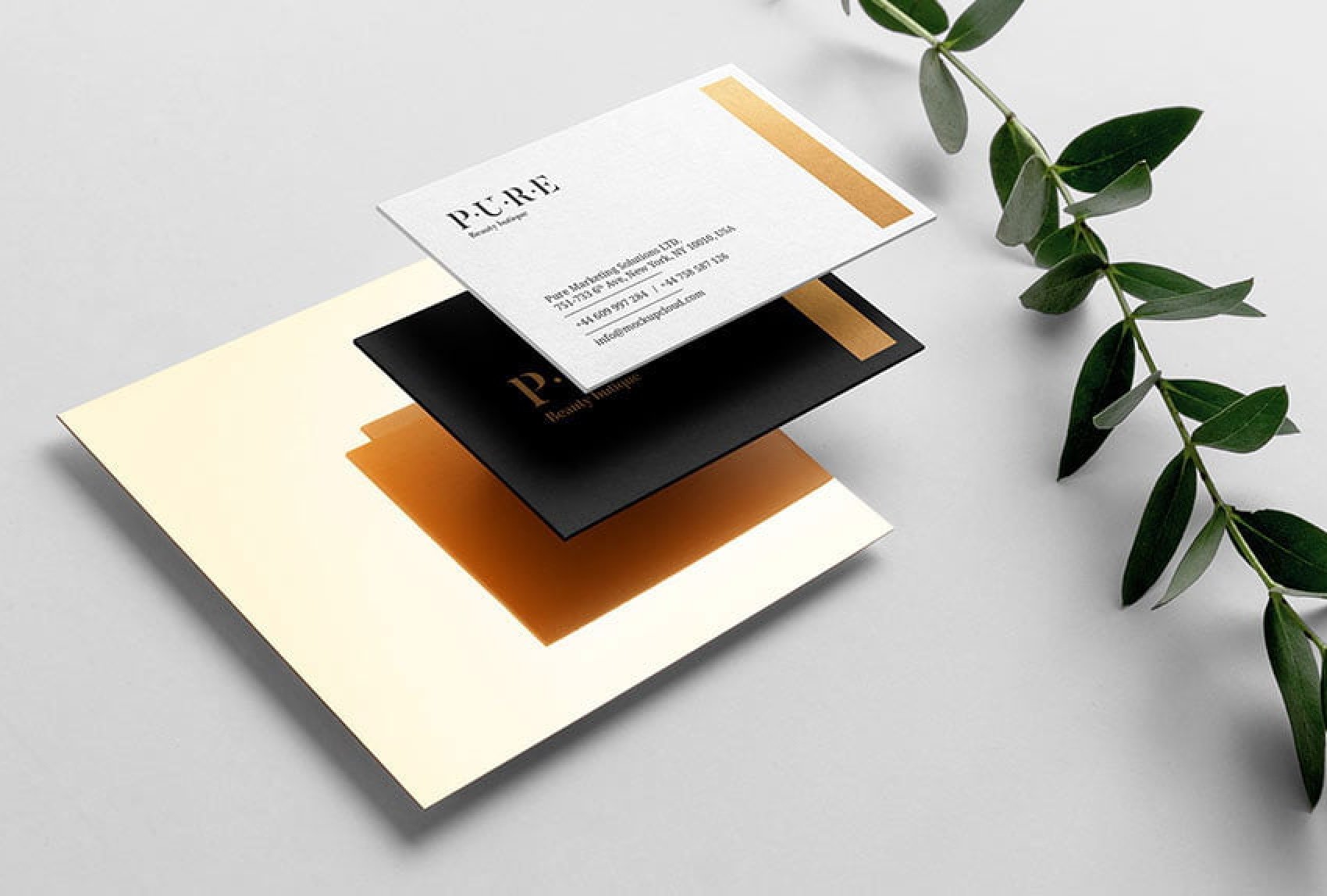
Supporting content
Designing Your Business Card
A well-designed business card is crucial for making a strong first impression and capturing the essence of your brand. To help you create an impactful card that stands out from the competition, we've compiled expert tips on essential design elements, layout, typography, color psychology, and special finishes.
Essential design elements
1. Logo
Your logo is a visual representation of your brand, so it's important to incorporate a high-quality, eye-catching design on your business card. With Logomaster.ai's intuitive logo maker, you can create a professional logo that instantly communicates your brand identity and sets you apart from competitors.
2. Contact information
Make sure your business card includes the most relevant contact details, such as your name, job title, phone number, email address, and website. Keep the information concise and easy to read, so recipients can quickly get in touch with you.
3. Branding
Consistency is key when it comes to branding. Use the same color schemes, fonts, and design elements from your logo and other marketing materials to create a cohesive look and strengthen your brand's recognition.
Layout and format
Choose a format that best represents your brand, such as horizontal, vertical, or folded cards. Each format has its advantages; for example, horizontal cards are more traditional, while vertical cards can help you stand out and appear more modern.
Balance whitespace and content to create a clean, professional look. Whitespace not only makes your card easier to read but also highlights the most important information.
Typography and font selection
Select fonts that are easy to read and complement your brand's style. Serif fonts often convey a sense of tradition and professionalism, while sans-serif fonts are more modern and minimalist.
Limit the number of fonts to maintain a clean design. Stick to one or two fonts at most, using different weights or styles for hierarchy and contrast.
Color psychology
Opt for colors that evoke the desired emotions and reflect your brand's personality. For example, blue communicates trust and stability, while green signifies growth and eco-friendliness.
Stick to a consistent color scheme for cohesiveness. Use your brand's primary colors, and consider adding one or two complementary colors for contrast and visual interest.
Special finishes
Enhance your card with premium finishes like embossing, foil stamping, or spot UV. These techniques can add a touch of sophistication and make your business card even more memorable.
When incorporating special finishes, consider your brand's identity and the message you want to convey. A minimalist brand might benefit from a subtle embossed logo, while a creative agency might opt for eye-catching foil accents.
By incorporating these expert design tips, you can create a captivating and effective business card that not only showcases your brand but also helps you stand out in the competitive professional landscape. Remember, your business card is often the first touchpoint someone has with your brand, so it's essential to make a lasting impression.

Supporting content
Selecting the Right Material
As you hand over your business card to a potential client, they can't help but take notice of its unique texture and quality. The material you've chosen not only sets your card apart but also enhances your brand's image, leaving a lasting impression.
Selecting the right material for your business card is a crucial step in creating a professional and memorable card. By exploring various cardstock options, eco-friendly choices, and unique materials, you can find the perfect foundation that complements your design and brand identity.
Common cardstock options
Paper weight
Business cards typically range from 300 to 400 GSM (grams per square meter). Thicker cardstock exudes a premium feel, while lighter cardstock is more economical but can feel less substantial.
Texture
Choose a texture that aligns with your brand's personality. Options include smooth, linen, laid, and textured finishes, each offering a distinct tactile experience.
Finish
Consider finishes like matte, glossy, or soft-touch to enhance the visual appeal of your card. Matte provides a classic, elegant look, while glossy adds vibrancy to your colors. Soft-touch imparts a luxurious, velvety feel.
Eco-friendly choices
Recycled materials
Show your commitment to sustainability by opting for business cards made from recycled paper. These cards not only minimize environmental impact but can also convey a responsible, eco-conscious brand image.
Biodegradable options
Some cardstock materials, like those made from plant fibers or cotton, are biodegradable and compostable, making them an environmentally friendly choice for your business cards.
Unique materials
Plastic
Durable and water-resistant, plastic business cards can offer a modern, innovative feel. They come in various colors, transparencies, and finishes, allowing you to create a truly distinctive card.
Metal
Metal business cards make a bold statement and leave a lasting impression. They exude luxury and can be customized with various finishes, engravings, and cutouts.
Wood
For a natural, earthy aesthetic, consider wooden business cards. Available in a variety of wood types and finishes, these cards can help convey a sense of warmth and craftsmanship.
The material you choose for your business card plays a significant role in the overall impression it creates. By carefully considering the various options, you can select a material that elevates your design and reinforces your brand's identity, ensuring your card leaves a memorable and lasting impression on everyone who receives it.
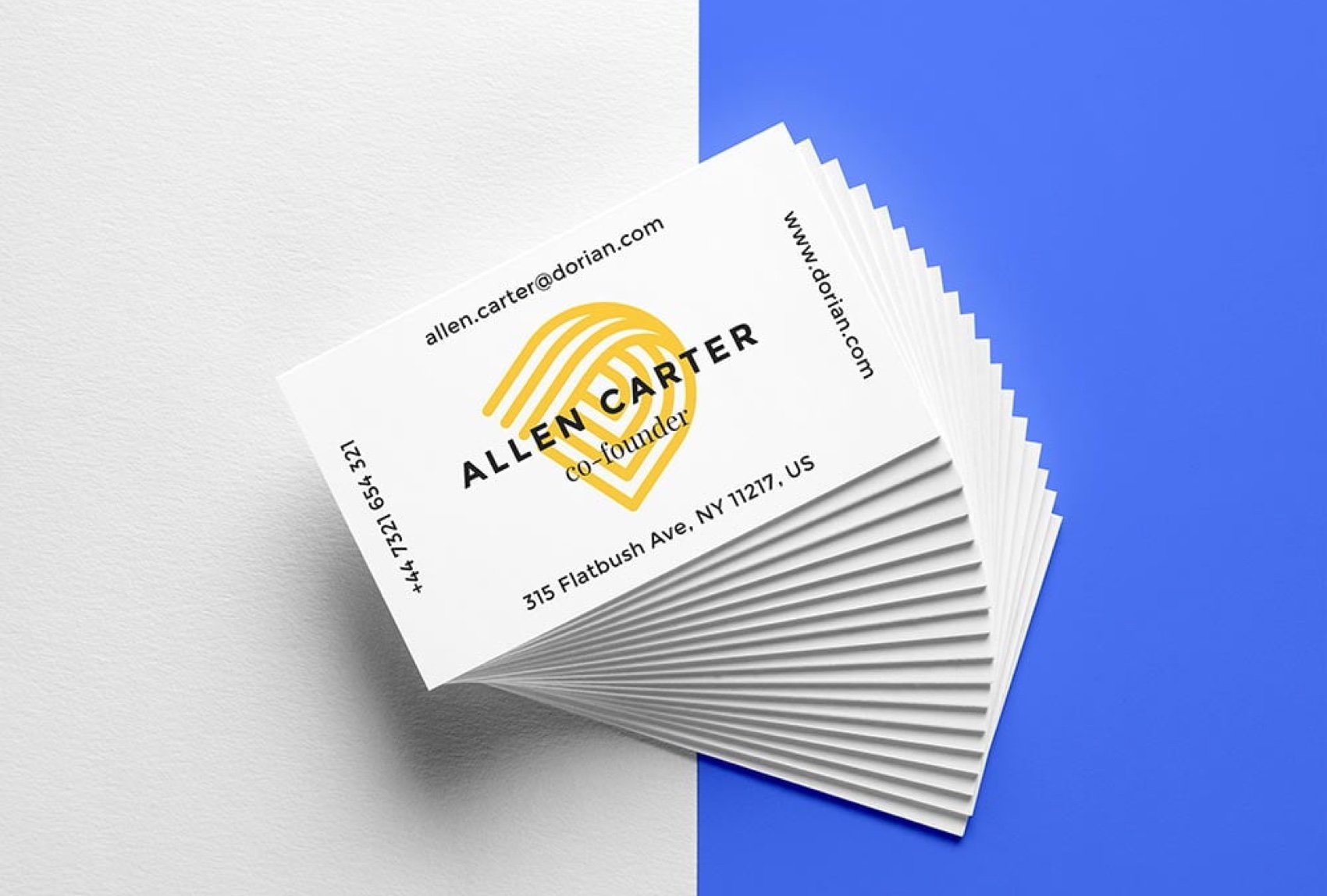
Supporting content
Printing Your Business Card
You've designed an eye-catching business card and chosen the perfect material, but now comes the crucial step of bringing your creation to life: printing. High-quality printing can make all the difference in ensuring your card leaves a strong, lasting impression on potential clients and partners. In this section, we'll explore the ins and outs of printing your business card, including digital vs. offset printing, choosing the right provider, and proofing for quality control.
Digital vs. offset printing
Digital printing
This method involves using a digital printer to transfer your design directly onto the cardstock. Digital printing is cost-effective for small print runs and offers faster turnaround times. However, it may not produce the same level of color accuracy and detail as offset printing.
Offset printing
Offset printing uses plates to transfer the design onto the cardstock. This method typically provides better color accuracy, detail, and overall print quality than digital printing. However, it is more expensive, especially for small print runs, and has longer turnaround times.
Choosing the right printing provider
Local print shop
Local print shops offer the advantage of face-to-face communication, allowing you to discuss your needs and preferences directly with the provider. They may also provide faster turnaround times and more personalized service. However, their prices may be higher than online services.
Online service
Online printing services often offer competitive pricing and a wide range of customization options. They can also handle large print runs more efficiently. However, you may have less direct communication with the provider, and shipping times can affect turnaround times.
Quantity considerations
Print runs
Determine the right quantity for your needs, considering factors like budget, the size of your network, and the frequency of networking events you attend. Larger print runs generally have a lower cost per unit, but you should also avoid ordering more cards than you can reasonably distribute before your contact information or branding changes.
Proofing and quality control
Request a physical or digital proof of your business card before committing to a full print run. This step allows you to check the design, colors, and overall quality, ensuring that the final product meets your expectations.
Make sure to double-check all text and contact information for accuracy and readability. Errors in your business card can leave a negative impression and undermine your credibility.
By carefully considering your printing options and following best practices for quality control, you can ensure that your business card looks professional and leaves a strong impression on recipients. High-quality printing can be the final touch that elevates your card, helping you stand out and forge lasting connections in the competitive professional landscape.
Networking with Business Cards
You've meticulously crafted the perfect business card, but its true potential lies in how effectively you use it to network and build connections. When you hand your card to a potential client or partner, it serves as a tangible reminder of your conversation, paving the way for future collaboration. In this section, we'll discuss best practices for presenting your card, managing received cards, and utilizing digital business cards and apps.
Best practices for presenting your card
Timing
Offer your business card at an appropriate moment in the conversation, such as when you're discussing your services or sharing contact information. Avoid handing out your card too early or without any context, as it may seem pushy or insincere.
Etiquette
In some cultures, there are specific etiquette rules surrounding the exchange of business cards. Be aware of these customs when networking in international settings. For example, in Japan, it is customary to present and receive business cards with both hands and to treat the card with respect.
Personal touch
When handing your card to someone, briefly mention what you do or how your services can benefit them. This personal touch helps reinforce your connection and increases the likelihood of a follow-up conversation.
Tips for organizing and managing received cards
Card holder
Use a business card holder or organizer to keep the cards you receive neat and easily accessible. This practice not only shows professionalism but also helps you quickly locate specific cards when needed.
Follow-up
After an event, take the time to review the cards you've collected and send follow-up emails or connect on social media. Adding a personal note referencing your conversation can strengthen the connection and increase the chances of a successful collaboration.
Digitize
Consider scanning or photographing the business cards you receive and storing them in a digital format. Many apps and services can help you organize, search, and access your contacts with ease.
Using digital business cards and apps
Digital cards
In addition to traditional printed cards, consider creating a digital business card that can be easily shared via email, text message, or social media. Digital cards are eco-friendly, cost-effective, and easily updated with new information.
Networking apps
Some apps facilitate digital card exchanges and help you connect with other professionals in real-time. These apps can streamline the networking process, keep your contacts organized, and even provide analytics on your networking efforts.
Mastering the art of networking with business cards is essential for expanding your network and unlocking new opportunities. By following best practices for presenting and managing cards, as well as leveraging digital tools, you can make the most of your business card as a powerful networking tool. Remember, your card is more than just a piece of paper; it's a key to forging lasting connections and opening doors to success.
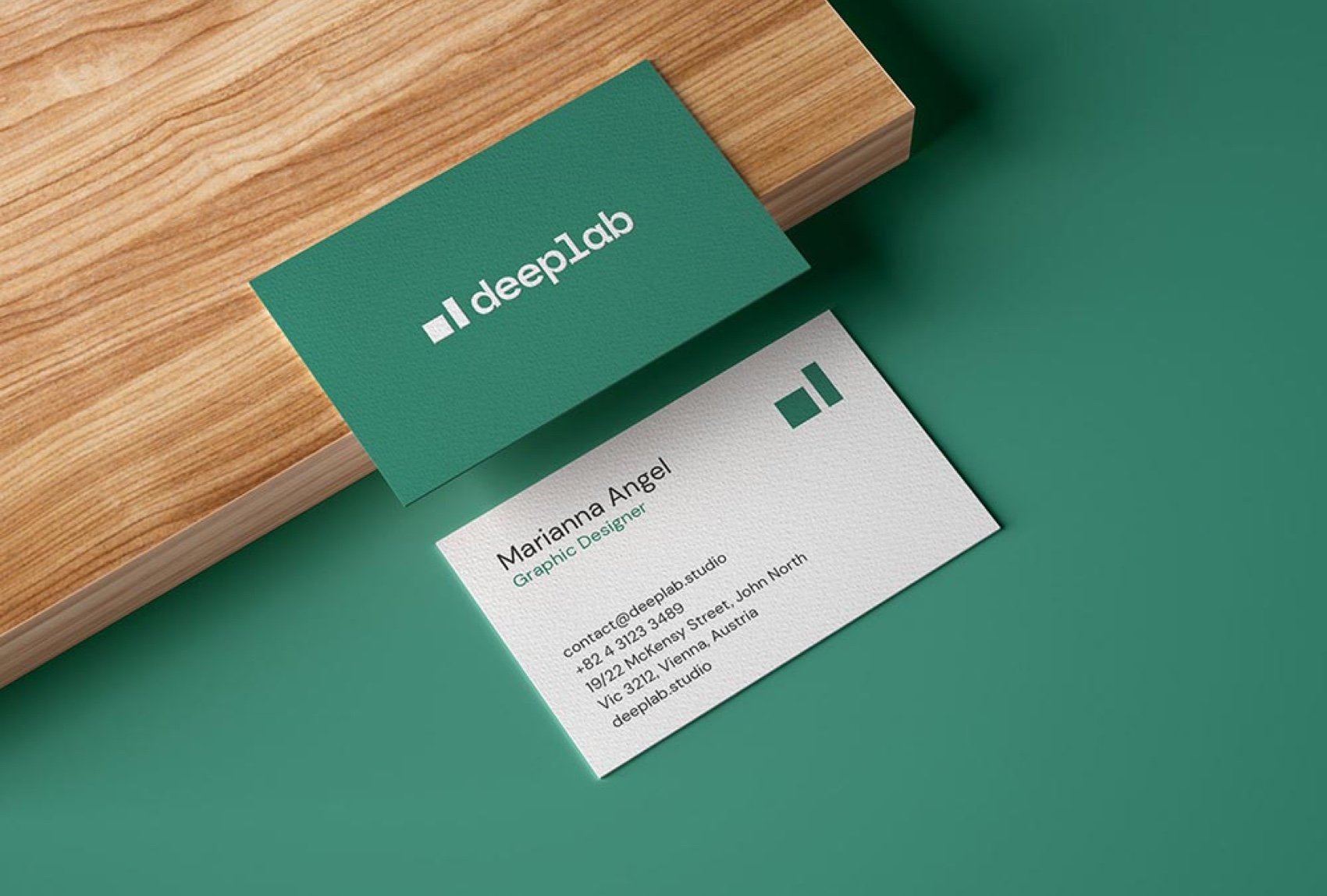
Supporting content
Case Studies and Inspiration
The world of business cards is filled with countless examples of success, innovation, and creativity. By exploring case studies and drawing inspiration from unique designs, you can learn valuable lessons and spark ideas for your own memorable business card. In this section, we'll showcase some creative business card examples and highlight successful networking stories involving business cards.
Creative business card examples
Interactive cards
Some businesses incorporate interactive elements into their cards, such as puzzles, moving parts, or even embedded seeds that can be planted. These innovative cards can make a strong impression and encourage recipients to engage with your brand.
LEGO, the popular toy company, has created business cards featuring minifigure versions of their employees. These unique cards, complete with custom outfits and accessories, are not only memorable but also encourage recipients to engage with the brand.
Multifunctional cards
Business cards can be more than just a vehicle for your contact information. By adding a practical function, such as a ruler, bottle opener, or USB drive, you can make your card a memorable and useful item that recipients are more likely to keep and use.
The landscape architecture firm Tur & Partner designed a business card that doubles as a miniature pop-up park. This creative and functional card showcases the firm's work while also serving as a memorable keepsake for recipients.
Bold designs
Eye-catching designs that showcase your brand's personality can help your card stand out from the crowd. Examples include vibrant colors, striking illustrations, or unique shapes that are tailored to your industry or profession.
Andrew Murray Roofing, a roofing company, created an innovative business card that can be folded to transform into a 3D slate-tiled, pitched roof. This design combines minimalism with a creative fold, capturing attention and staying on-brand. The unique folding aspect not only reflects the company's expertise in roofing but also ensures that recipients will remember their encounter with Andrew Murray Roofing, making it a memorable and effective marketing tool.
Successful networking stories involving business cards
Lasting connections
Many professionals have forged lasting partnerships, landed significant clients, or even secured job offers through the exchange of a well-designed and well-timed business card. A memorable card can serve as a catalyst for productive conversations, leading to fruitful collaborations and opportunities.
David Pich, CEO of AIM, shared his personal networking rule: always talking to people in elevators. Pich explains that he usually strikes up a conversation with a simple greeting or a comment on the weather. During these short elevator rides, there's just enough time to swap business cards and deliver an elevator pitch. Some notable individuals Pich has met and exchanged business cards with during elevator rides include Gail Kelly, the former CEO of Westpac, and the head of Business Development at Blackmores.
This example demonstrates the power of a business card in forging connections in unexpected situations. By being open to conversation and having a memorable business card ready, you can make lasting impressions and expand your professional network.
Going viral
In some cases, exceptionally creative business cards have garnered attention on social media, helping to raise brand awareness and attract new clients. By thinking outside the box and investing in an innovative design, you can generate buzz and set your business apart.
A business card design by Maggie from Singing Bear Shop went viral on Twitter, garnering nearly 240,000 likes and 53,000 retweets. Zoey Salsbury from Washington, US, shared a picture of the card on her Twitter account, praising its clever layout that clearly highlights all the business's contact details. The popularity of the card not only brought attention to Maggie's Etsy shop, Singing Bear Shop, but also showcased the power of a well-designed business card in capturing attention and generating interest.
Exploring case studies and seeking inspiration from successful business card designs can help you refine your own card and maximize its networking potential. As you design your business card, consider how you can harness creativity, functionality, and innovation to make a lasting impression on everyone who receives it. Remember, a well-crafted business card is more than just a piece of paper – it's an opportunity to tell your story and make a powerful statement about your brand.
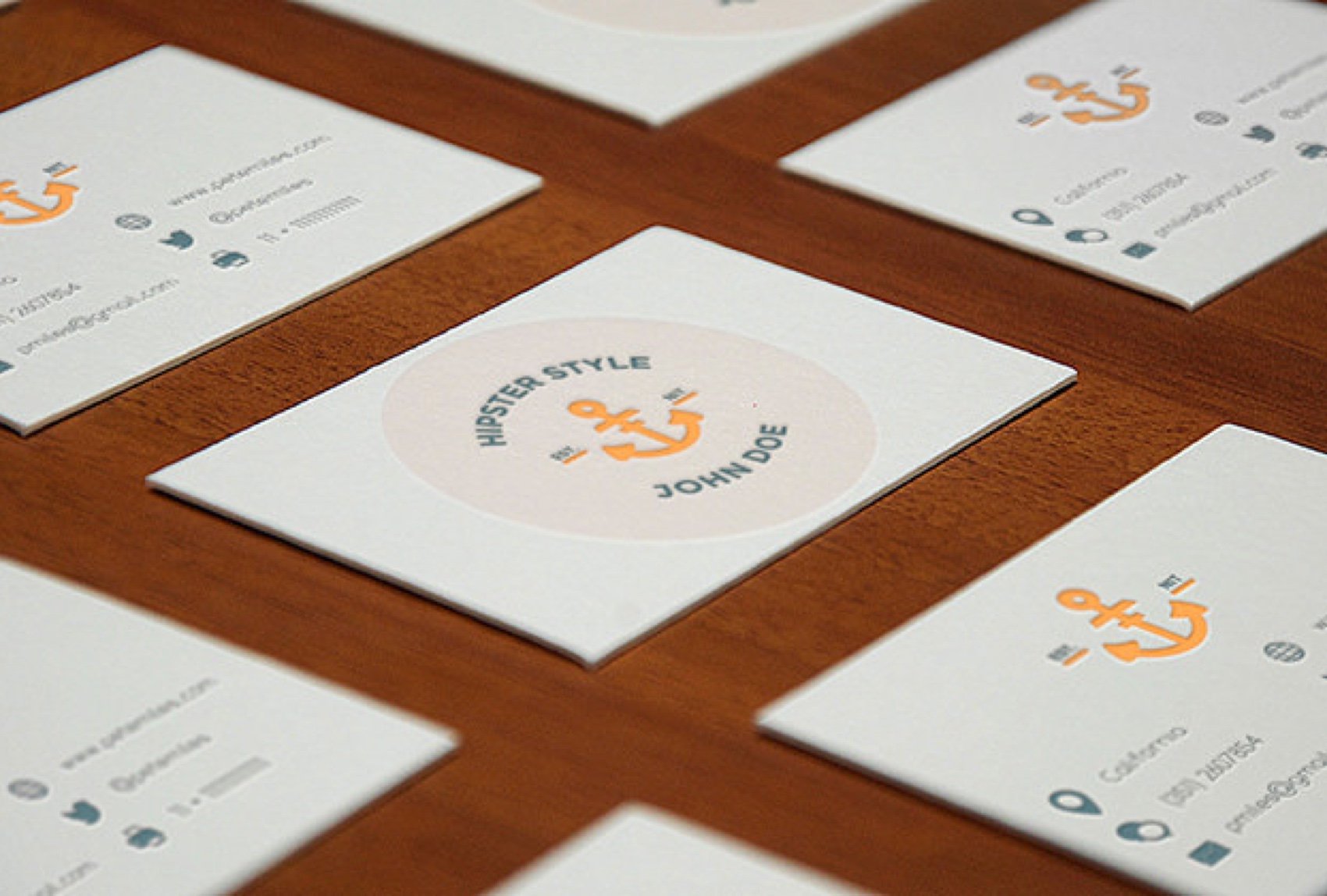
Supporting content
Conclusions
Throughout this guide, we've explored the various aspects of creating and utilizing business cards to their fullest potential. From understanding their importance in professional settings to designing a card that reflects your brand, choosing the right material and printing process, and leveraging them effectively for networking, business cards are an essential tool for building connections and fostering success.
As you embark on your journey to create your own unforgettable business card, remember the lessons learned from creative examples and success stories. Consider how you can apply design principles, innovative materials, and memorable features to make a lasting impression on those who receive your card.
Ultimately, the power of your business card lies in your hands. By applying the knowledge gained from this guide, you can unlock new opportunities, expand your network, and reinforce your brand's identity. So, go forth and create a business card that not only shares your contact information but tells your story and opens doors to a world of possibilities.
Insights and Resources
Learn how to create a memorable logo and launch a successful business.
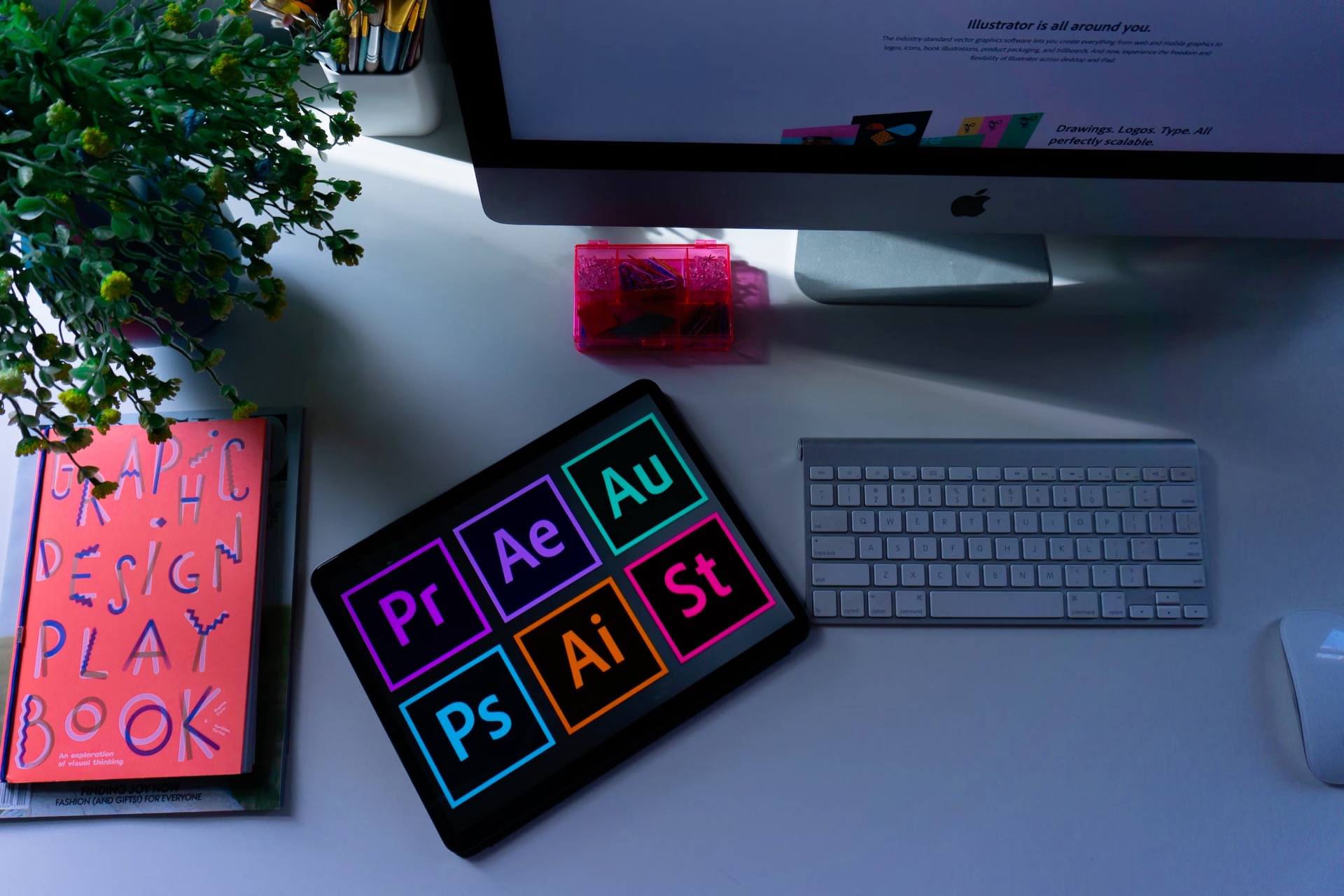
Adobe Logo: Evolution of Innovation and Identity
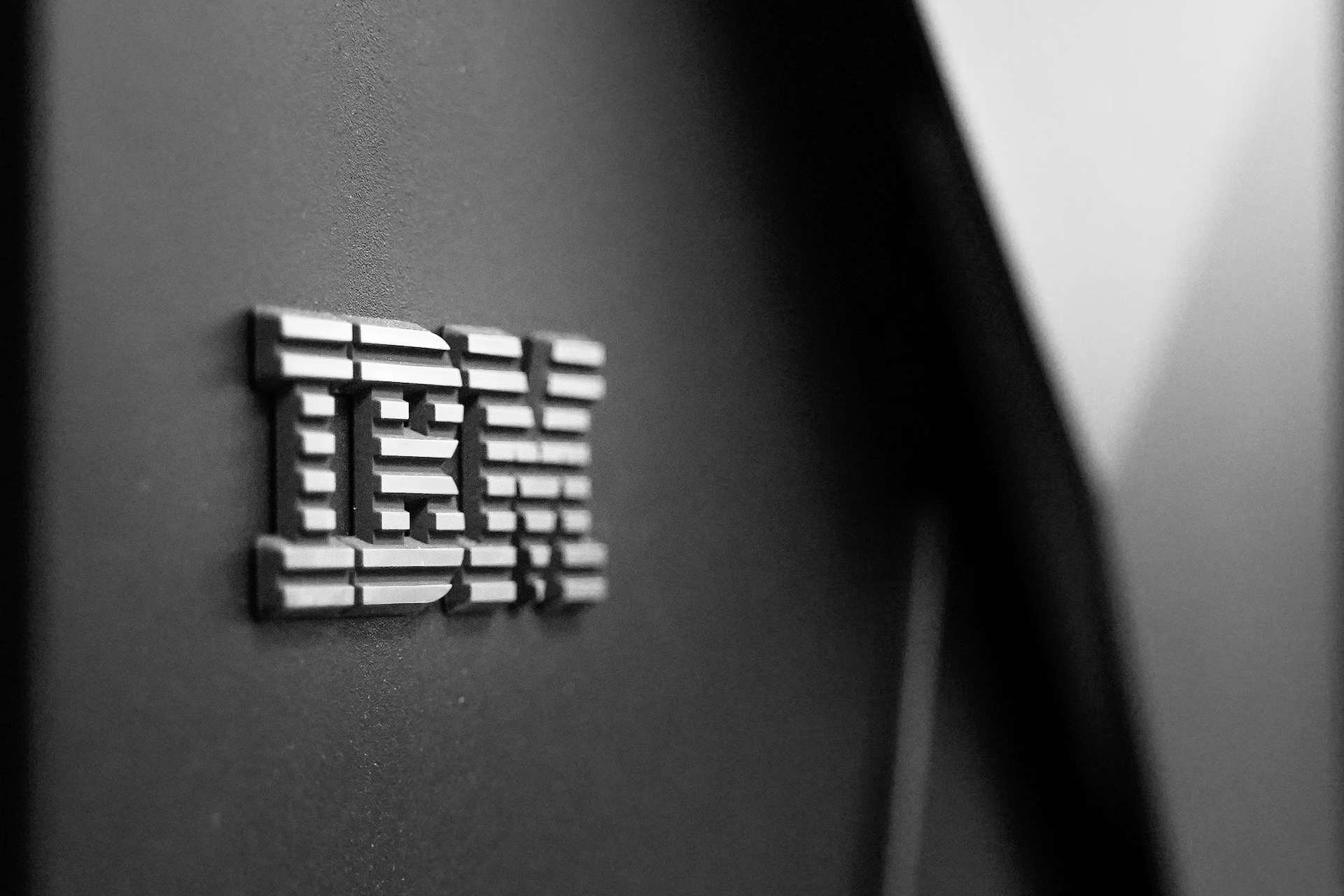
IBM Logo Evolution: Symbolizing Progress and Reliability
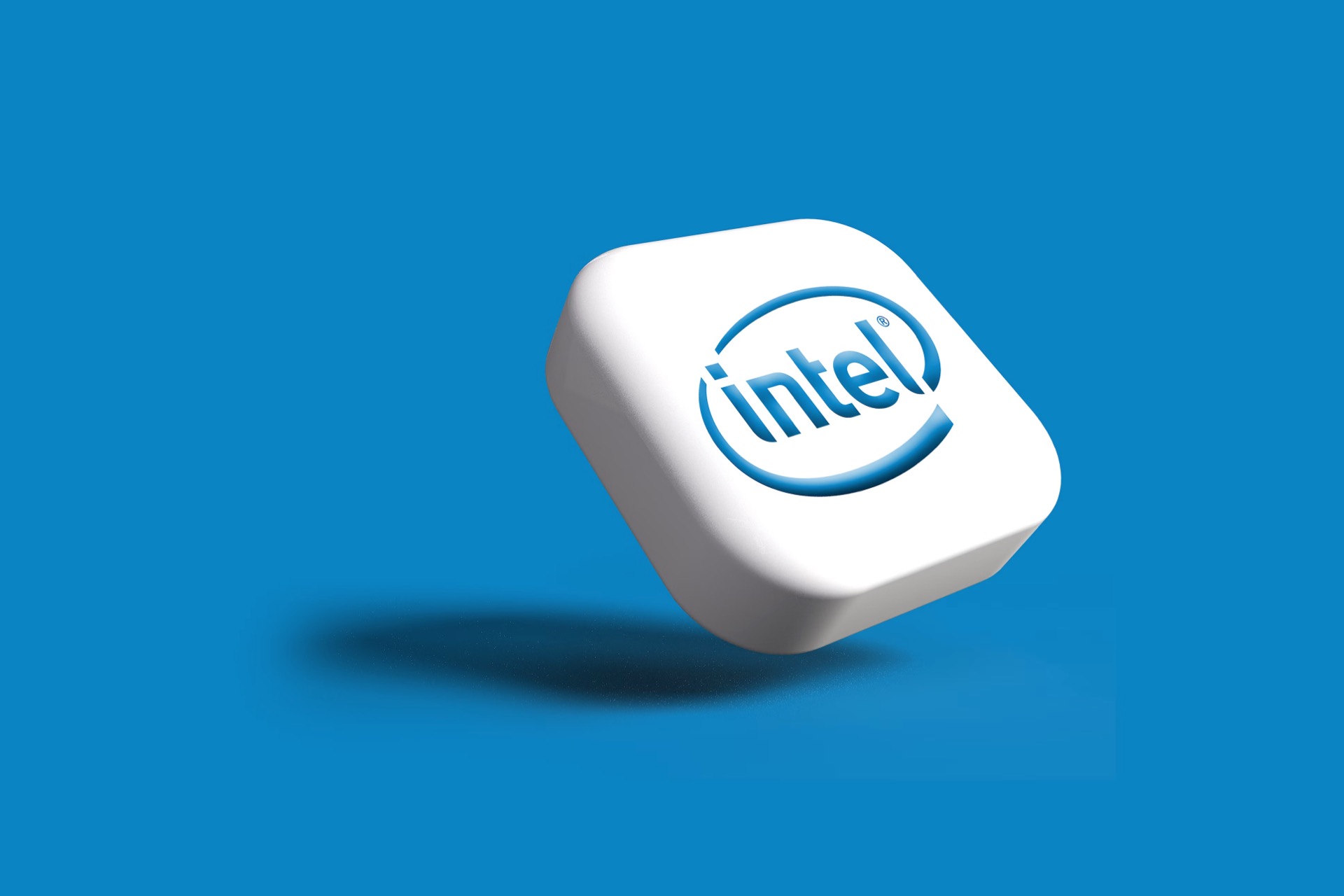
Intel Logo: Evolution, Symbolism, and Impact
Create your own logo now
Create and edit logos with ease, no design skills required.
